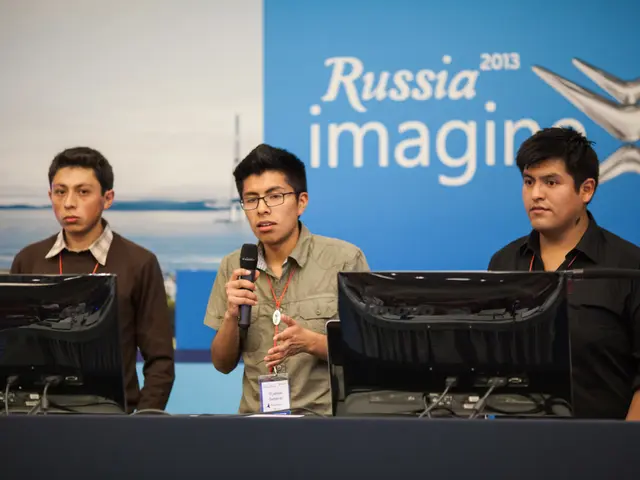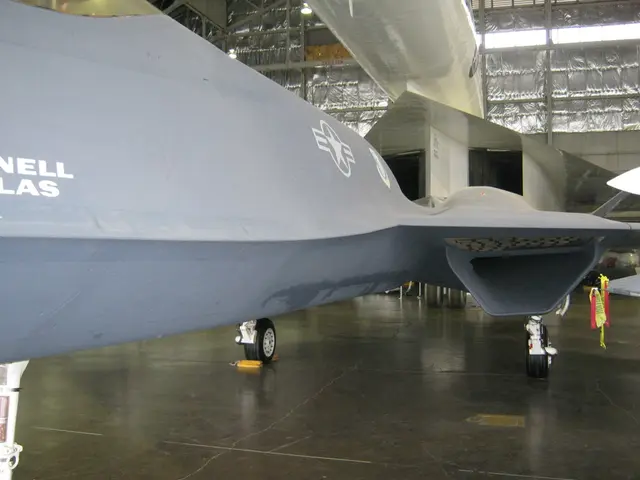Toyota Aims to Sell 200,000 Hydrogen Vehicles by 2030
Toyota has set an ambitious goal to sell 200,000 hydrogen-powered vehicles globally by 2030, aiming to expand its fuel cell vehicle (FCV) offerings in the stock market today, focusing on trucks and cars in Europe and China.
Toyota's commitment to hydrogen power is evident in its recent initiatives. Earlier this month, the company launched the Hydrogen Factory, a dedicated fuel-cell unit employing 1,350 staff. Despite selling just over 3,900 FCVs in 2022, accounting for less than half a percent of its global sales, Toyota remains optimistic about the stock market's growth. It expects the global fuel cell market to reach around $35 billion by the end of the decade.
Toyota's strategy involves collaborations and partnerships. It has agreed with Daimler Truck Holding to cooperate on hydrogen technology and combine their truck businesses in Japan. Additionally, Toyota plans to work with BMW, focusing on synergies for passenger cars and utility vehicles. The company's target industries include automotive manufacturing and heavy transport, leveraging proton exchange membrane fuel cell (PEMFC) technology for sustainable mobility solutions. Toyota's shift in focus from passenger cars and the North American market reflects its commitment to Asian-Pacific markets and global collaborations.
Toyota's plans for the next eight years include selling about 200,000 hydrogen-powered cars and trucks worldwide, with a focus on Asian-Pacific markets and strategic partnerships. As the automotive sector and commercial transport sectors embrace fuel cell technology, Toyota is well-positioned to lead the charge towards a more sustainable future.








